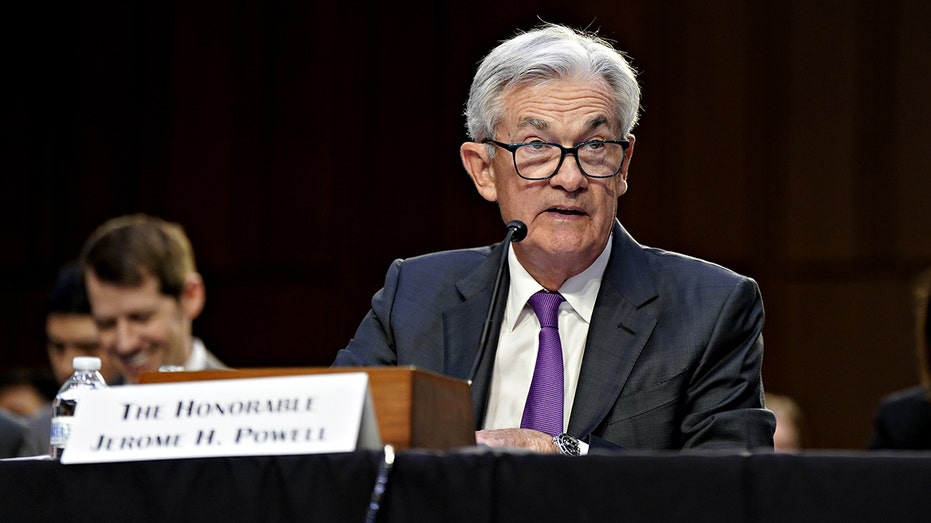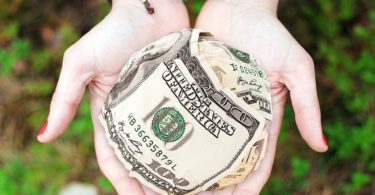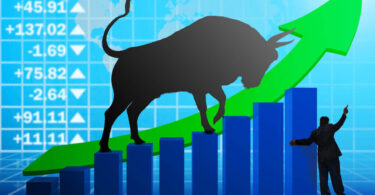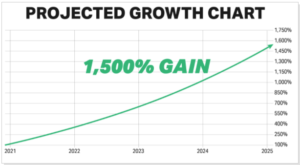American consumers are depleting the “excess savings” they accumulated during the COVID pandemic, which could hamper the U.S. economy’s ability to achieve a soft landing as the Federal Reserve continues to fight inflation.
Amid the COVID pandemic, the federal government shelled out trillions of dollars in financial support for consumers and businesses intended to stabilize the economy amid shutdowns and supply chain disruptions. The influx of cash increased the amount of money many American households in the bank above pre-pandemic trends in savings, which is why economists refer to those funds as “excess savings.”
Americans’ excess savings from the pandemic peaked at about $2.1 trillion in August 2021 but fell to roughly $500 billion as of this spring, according to estimates by economists at the Federal Reserve Bank of San Francisco.
The economists suggested that the remaining savings could support consumer spending into the fourth quarter, but noted that “uncertainty surrounds this outlook, including the possibilities that households may now have a higher appetite for savings, significantly shift their spending habits, or receive other sources of income that offset the expired pandemic-era cash flows.”

Americans' excess savings accumulated during the pandemic are being depleted which could make it harder for the U.S. economy to have a “soft landing” from the inflationary cycle. (AP Photo/Nam Y. Huh / AP Images)
A separate report by Federal Reserve economists who specialize in international finance found that the U.S. depleted its excess savings from the pandemic in the first quarter of 2023, slightly faster than other advanced economies.
The economists wrote that the sharper decline in excess savings meant that those dollars played a bigger role in supporting demand in the U.S. economy over the last year: “Given the more rapid drawdown of excess savings, aggregate demand in the United States is likely to have been more than in other countries over the past year.”

Fed Chair Jerome Powell listed strong consumer confidence as a reason for optimism about the U.S. economy avoiding a deep recession. (Al Drago/Bloomberg via Getty Images / Getty Images)
Whether the excess savings have already been depleted or are likely to be tapped out toward the end of 2023 or early 2024, as those funds are spent it could lead to diminished consumer spending that makes it harder for the economy to have a “soft landing” and avoid a deep recession.
At a press conference last week following the Fed’s decision to hike interest rates for the 11th time since March 2022, Fed Chairman Jerome Powell cited strong consumer confidence as a cause for optimism about the U.S. economy's prospects for avoiding a deep recession.
“The overall resilience of the economy, the fact that we’ve been able to achieve disinflation so far without any meaningful negative impact on the labor market, the strength of the economy overall, that’s a good thing. It’s good to see that, of course. It’s also you see consumer confidence coming up and things like that, that will support activity going forward,” Powell said.

Consumers are drawing down their remaining pandemic era savings according to research by Federal Reserve economists. (BRENDAN SMIALOWSKI/AFP via Getty Images / Getty Images)











